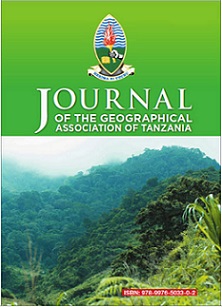A Public-Private Partnership Scheme To Avert Desertification in the Drylands of Kenya: Lessons for Social Scientists
Abstract
The drylands of Kenya make up about 80% of the total land area and are defined by aridity, thermal stress, soil moisture deficiency and general human want. The poverty bedevilling the drylands leave their inhabitants without a sustainable livelihood, compelling them to rely on physical environmental resources. Indeed, the exploitation of natural resources in these areas has led to the manifestation of the tragedy of commons hypothesis. Official documents show that about 80% of households in these areas use charcoal and firewood as fuel, leading to deforestation. This situation is not accompanied by re-forestation, leaving more land bare annually, and therefore risking desertification. This is compounded by overstocking and encroachment of human settlements, which further leads to the destruction of other natural resources, including wetlands. This paper analyzes literature and roots for a paradigm shift in the exploitation of dryland resources to avert possible desertification. As a panacea, it proposes a public-private partnership of social scientists to avert this trend and augment environmental management and livelihood in the drylands of Kenya.


